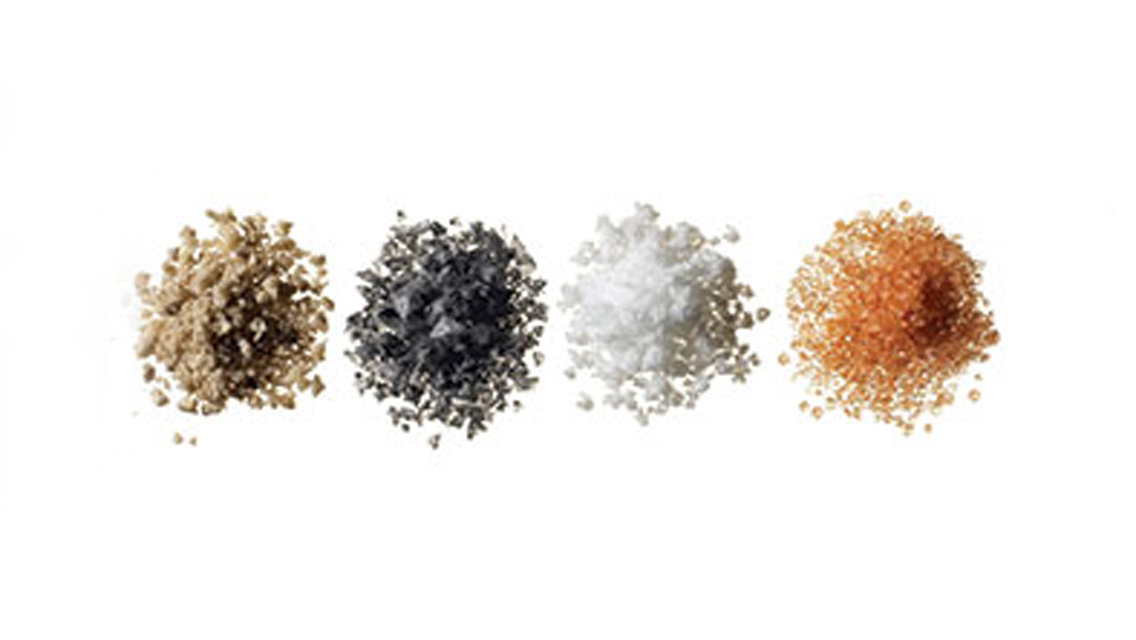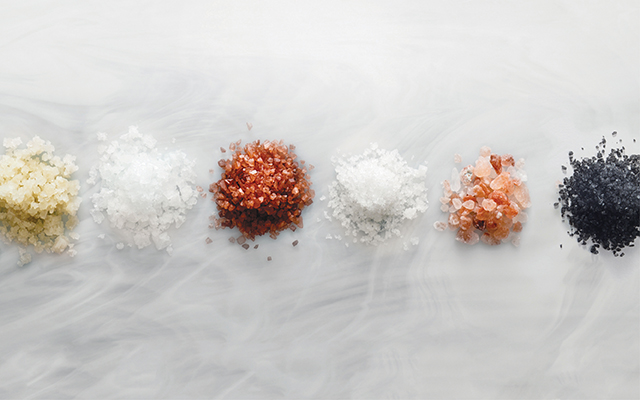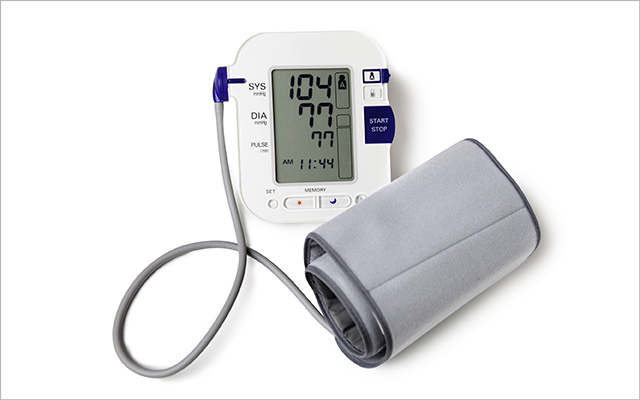Health officials have long counseled Americans to take it easy with the saltshaker. And while it remains important to keep an eye on our daily sodium intake, new research suggests that pushing it below recommended levels is not only unnecessary for at-risk populations, but in some cases it could even be harmful. Unusually low levels of sodium have been shown to increase triglyceride levels and insulin resistance — both risk factors for heart disease.
To keep blood pressure low and maintain a healthy heart, present U.S. Dietary Guidelines urge people to limit their sodium intake to less than 2,300 mg a day.
African Americans, people over the age of 51, and those with type 2 diabetes, high blood pressure, or chronic kidney disease are advised to limit intake to less than 1,500 mg.
A new report issued by the National Academy of Sciences agrees that the standard set for the general population is on target, but concludes that at-risk populations don’t benefit from hitting the lower number.
“We saw some evidence of benefit down to 2,300 mg a day. But below that level, there was no evidence for or against benefit,” says Brian L. Strom, MD, professor of public health and preventive medicine at the University of Pennsylvania.
Moderation, the researchers argue, is the key to a healthy diet. Eating anything in excess can be harmful, and sodium is no exception. Try using high-quality seasonings (such as Celtic sea salt), which pack stronger flavors. That way you’re apt to use a bit less when you add a little punch to your cauliflower.



This Post Has 0 Comments